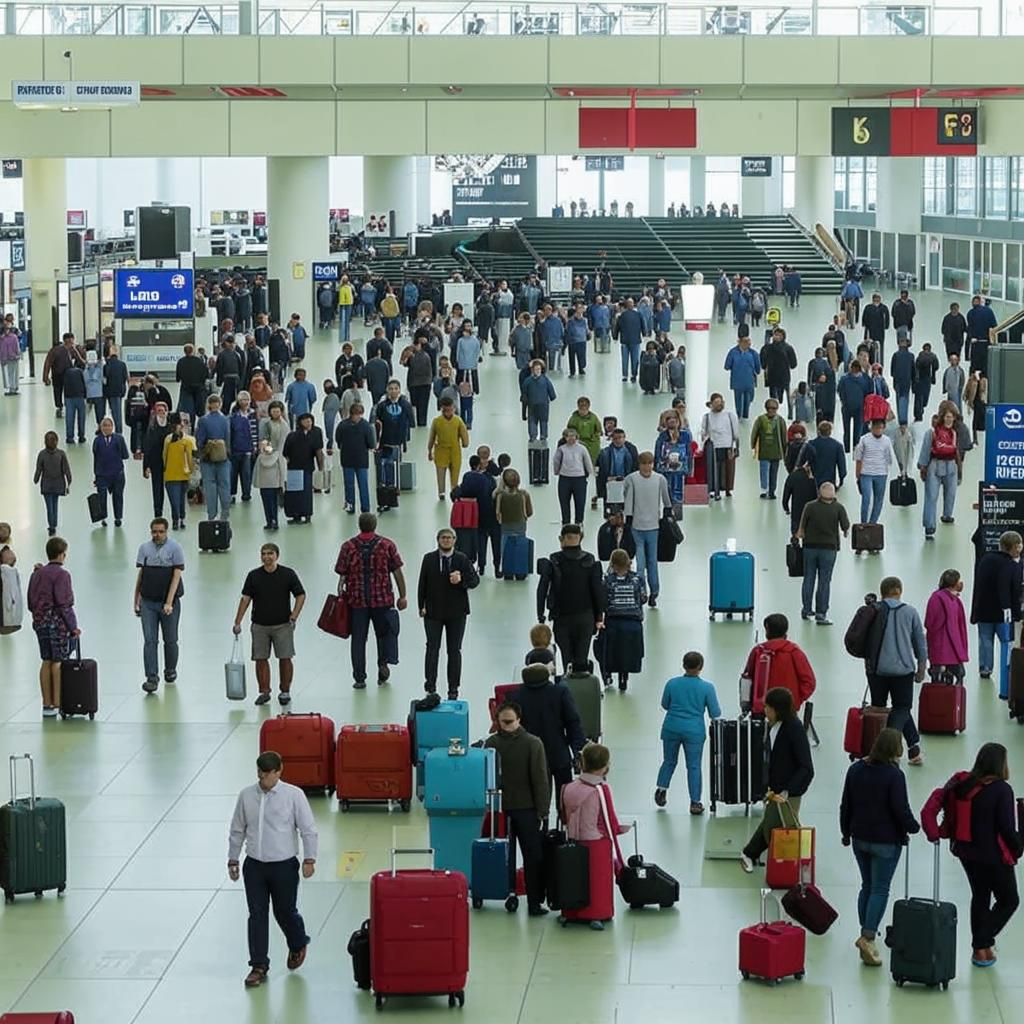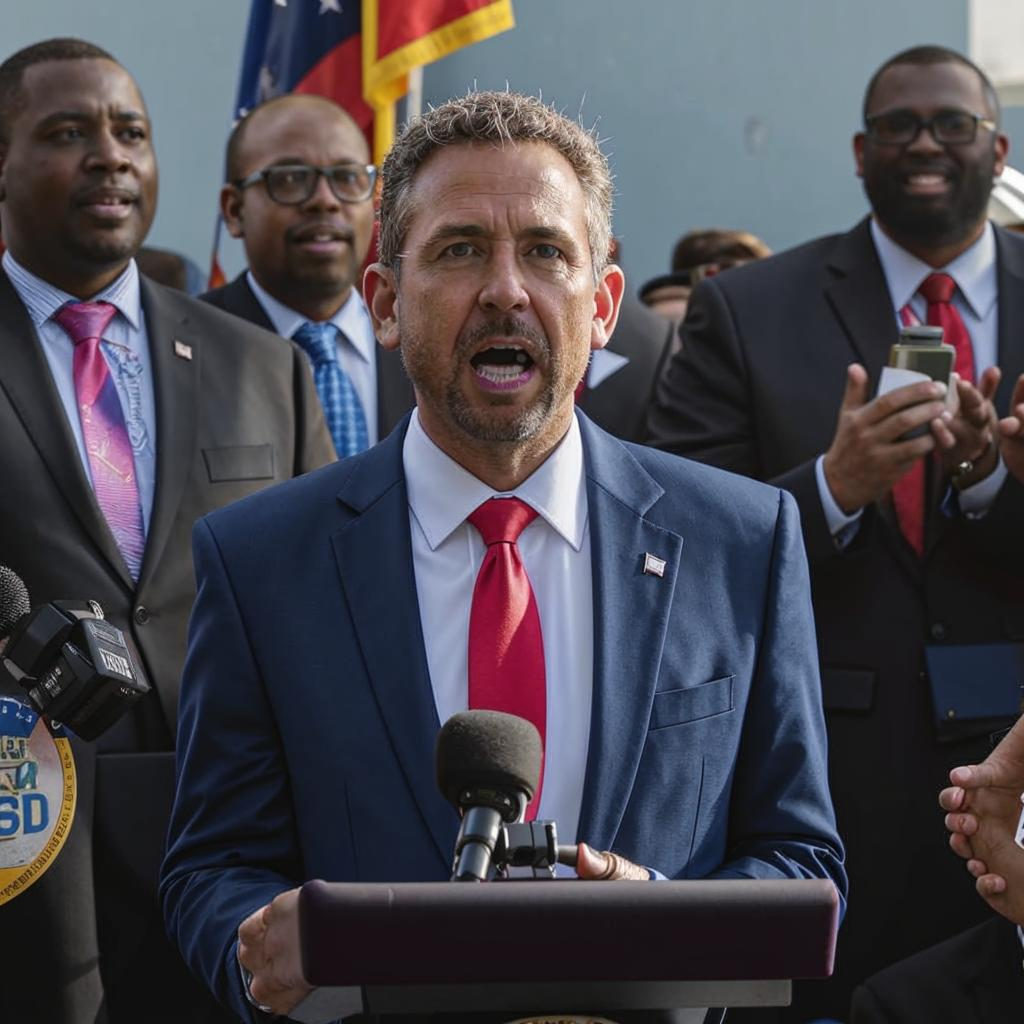The affordable housing crisis has tightened its grip across the United States, impacting both urban and rural communities. Skyrocketing rents and home prices have far outpaced wage growth, leaving millions of Americans struggling to find safe and stable housing they can afford.
This crisis isn’t limited to traditional urban centers. Smaller cities and rural areas are now experiencing similar pressures, fueled by factors like increased demand, limited construction of new affordable units, and rising construction costs.
The consequences are far-reaching. Families are forced to make difficult choices, sacrificing healthcare, food, or education to keep a roof over their heads. Homelessness is on the rise, and the lack of stable housing impacts children’s education and future prospects. The economic health of communities suffers when workers can’t afford to live near their jobs.
Experts emphasize the need for a multi-faceted approach. This includes increasing the supply of affordable housing through incentives for developers, streamlining the permitting process, and exploring innovative housing models. Rental assistance programs need to be expanded to help low-income families afford existing housing. Furthermore, addressing income inequality and raising the minimum wage are crucial steps in ensuring that more Americans can afford basic necessities, including housing.
The affordable housing crisis is a complex challenge with no easy solutions. It demands a concerted effort from government, developers, and community organizations to ensure that all Americans have access to safe, affordable, and stable housing. The future well-being of our nation depends on it. Finishtit











